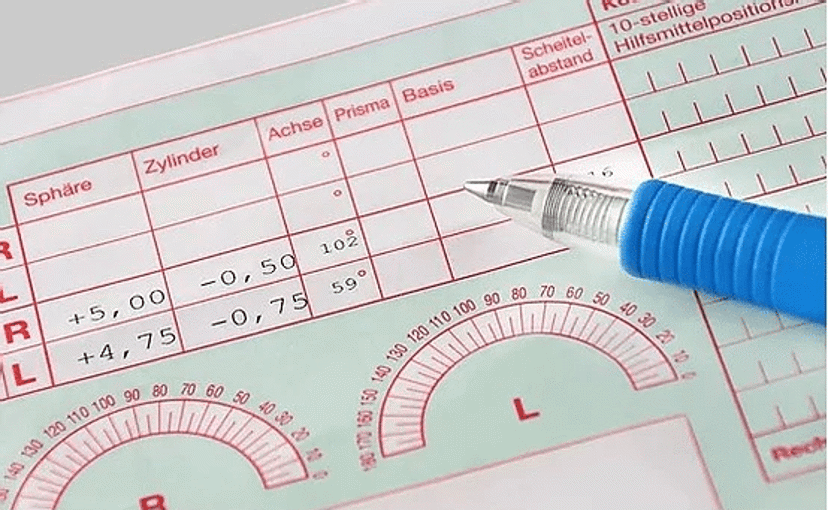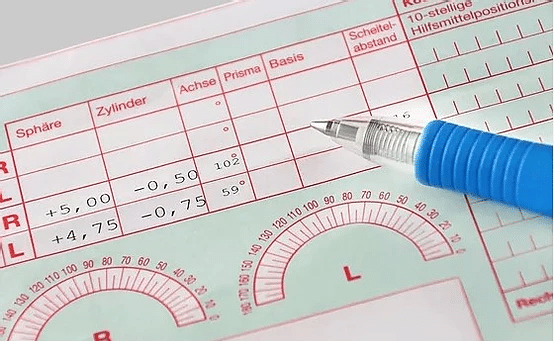What is a complex lens?
A complex lens is defined as either a spectacle lens with a power in any one meridian of plus or minus 10 dioptres or more; or a prism-controlled bifocal lens.
Do the NHS pay towards the cost of a complex lens?
A patient who is prescribed a complex lens is eligible for a complex lens voucher. However patients who are eligible for spectacle vouchers on income grounds are not entitled to a complex lens voucher in addition to the ‘normal’ voucher. Currently the NHS contributes £14.60 for single vision lenses and £37.40 for bifocal lenses.
Does it limit my frame and lens choice?
To get your lenses looking as thin and light as possible, and aesthetically pleasing, frame choice is very important. We advise our patients to go for a full rim frame which isn’t angular in shape. The bigger the frame, the thicker your lenses will be. We advise not to go for any rimless or half rim frames as these frames do not hide the thickness of the lens, and will also make them chunkier and heavier. Making sure your pupils are sat in the centre of the lenses also helps with the thickness.

Choosing the correct type of lens is also important. People with a high plus prescription will notice their lenses are thicker towards the centre of the lens. Also, the lenses make your eyes look more magnified.
In these cases, we would advise our patients to wear an aspherical design of lens. This does two things. It makes the lens flatter on the back surface of the lens, and also reduces the eye magnification. This in turn, makes the lenses look thinner and lighter for you.
If you have a high minus prescription, you will notice your lenses are thickest towards the ends of the lenses. 99% of the lenses we supply to our patients are plastic lenses.
There are three different indices of thin lenses: 1.6, 1.67. 1.74. Glass lenses are also available in a 1.7, 1.8 and 1.9 index.
On all thin lenses an anti-reflection coating is always recommend as hi index lenses refract the light at a quicker rate and create more reflections.
A combination of your prescription, your pupil distance measurement, frame choice and lens choice determines how thick (or thin) your lenses will be.





